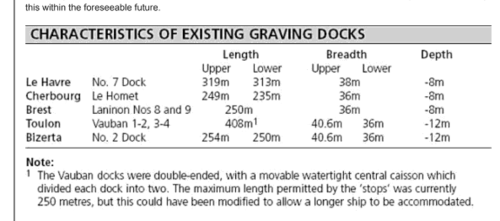Good to know, so its just mundane francophobia then... carry on.I am not British.
You seems indeed to know a lot about that. Maybe try not to project on others ?Vanity projects are common. Many of us, including me, drive cars and motorcycles with high end nameplates, that are capable of speeds more than twice the the speeds we actually drive, and corresponding high prices. Most of the reason is vanity.
Sure … For a country like France with constrained defense budget to spend billions on a nuke carrier, it can only be about vanity.CdeG was a poor military choice. Rather small, with poor availability, and accompanied by high build and running costs. A larger, cheaper conventional carrier would have provided a superior capability for France. Hence my opinion that the choice was influenced by national vanity. I fully expect the follow on carrier will follow the same pattern. Size will be set by the UK carriers, propulsion by matching the US. Vanity only requires one.
Nothing about defining what their navy and industry needs...
Oh , and to have the nerve to put French made aircrafts on it , that must be the maximum of arrogance...
You should sell your expertise to Fr Govs. What a waste.
Btw, if you care to inform yourself about all the vanity operational missions,
Héraclès, Agapanthe, Harmattan, Bois Belleau, Arromanche, Chamal... In Afghanistan, Lybia, syria...
carried by that poor military choice, since 2001:
Charles de Gaulle (porte-avions) — Wikipédia
Vanitas vanitatum...
Last edited:




